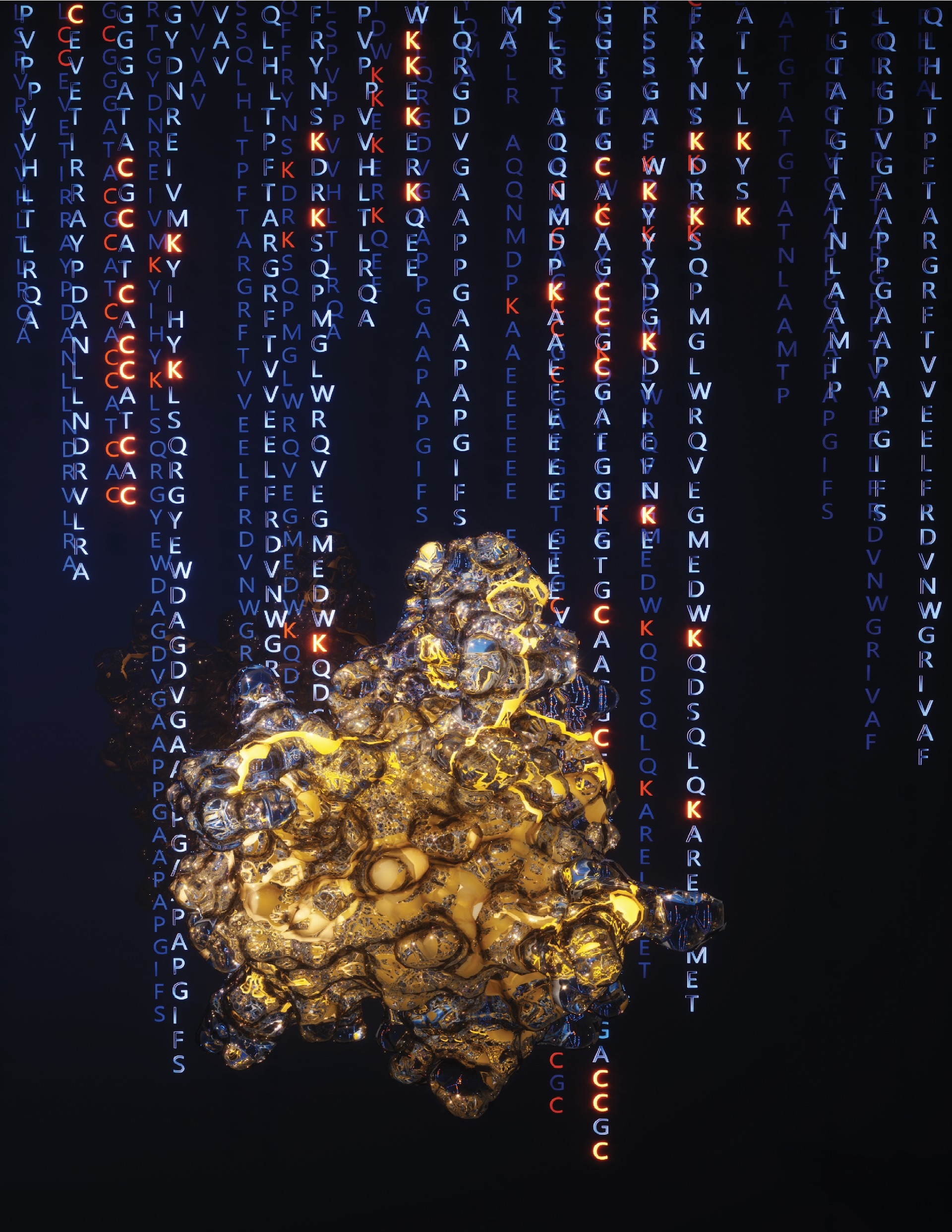In biology, proteins are the hands and feet of a cell, and they play a crucial role in numerous diseases. Up to now, proteins have been identified by cutting them up into small pieces and figuring out the original protein from there.
Researchers at the Chirlmin Joo Lab (Faculty of Applied Sciences) presented a new method in Nature Nanotechnology that identifies proteins without cutting them up and which is also ultra-sensitive. Because the recognition is so specific, a very low concentration of a protein in a soup of other biomolecules is sufficient for identification.
Promising
The method is called FRET X and consists of a clever combination of techniques. Various DNA fragments with fluorescent labels attach to particular parts (amino acids) of the protein. The relevant positions can be determined through a microscope. It is not necessary to map the entire protein to identify it. As with DNA identification, a few markers and a database of the known proteins suffice for a match.
‘This technique has the potential to open up new possibilities for proteomics and for diagnoses based on biomarkers’, writes the journal GEN. In short, a promising technique that is expected to have an impact in both labs and clinics.

- Read the detailed TU Delft press release
- Read the scientific publication


Comments are closed.